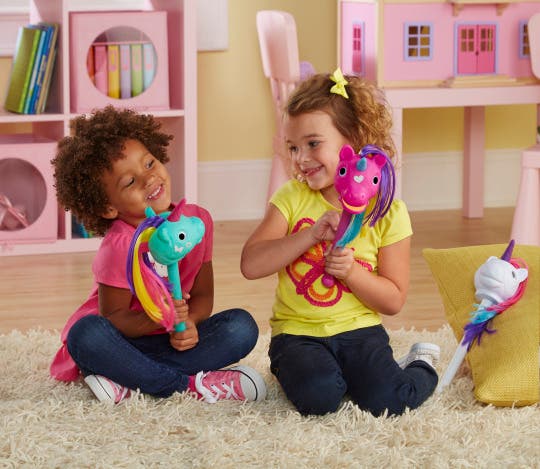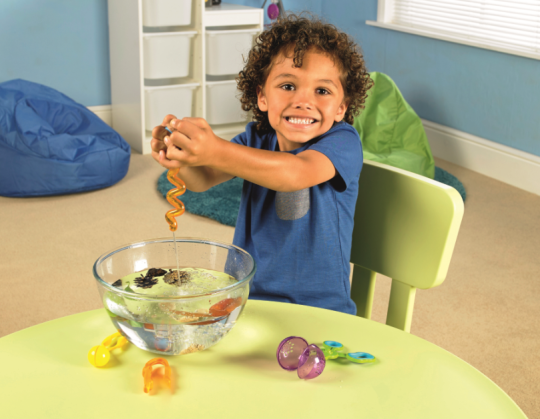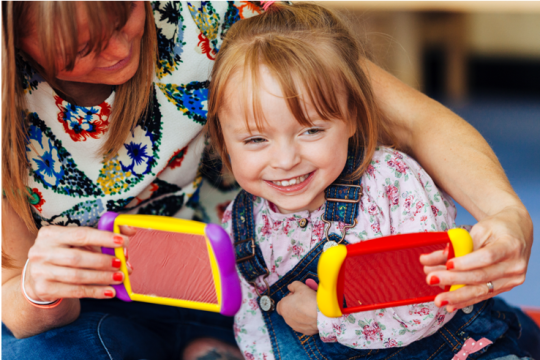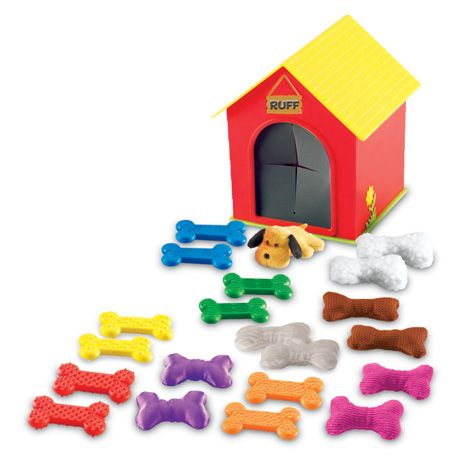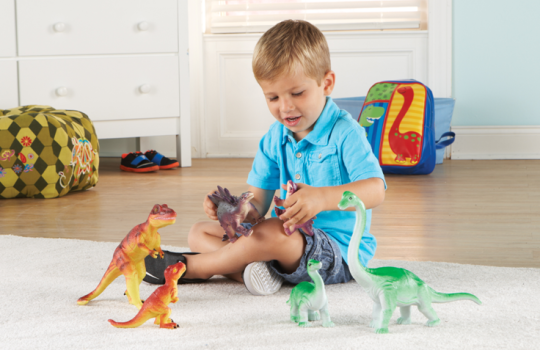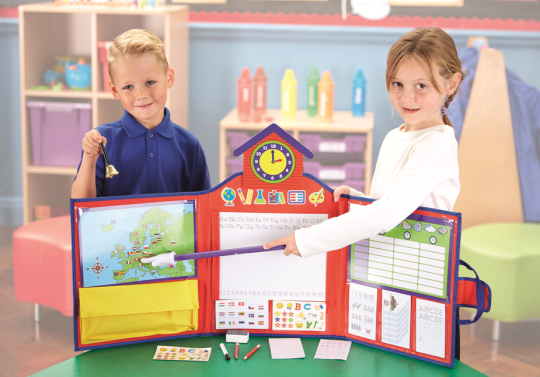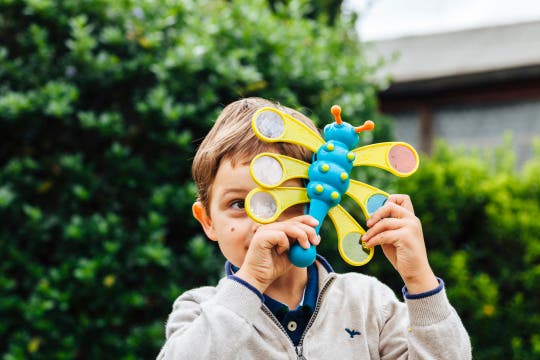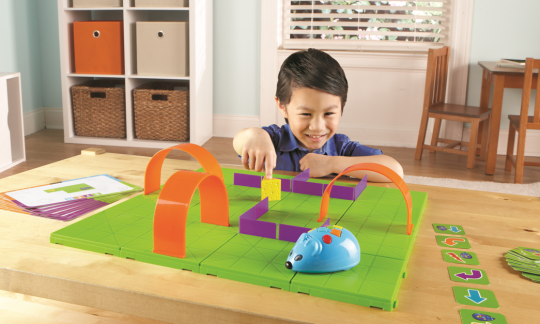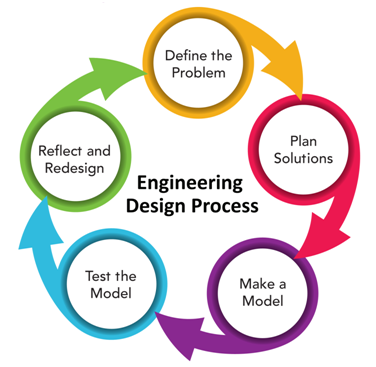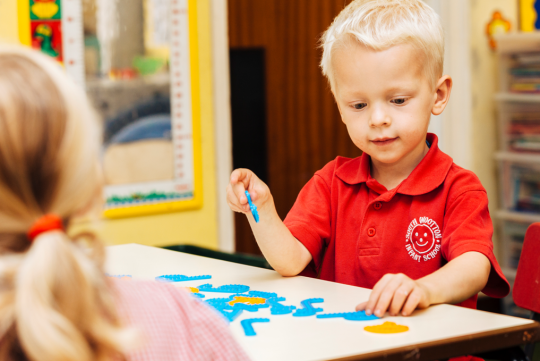Bones! A British Science Week special by Mini Professors and Learning Resources
- EI Editor Posted On Mar 9, 2017 | National Holidays
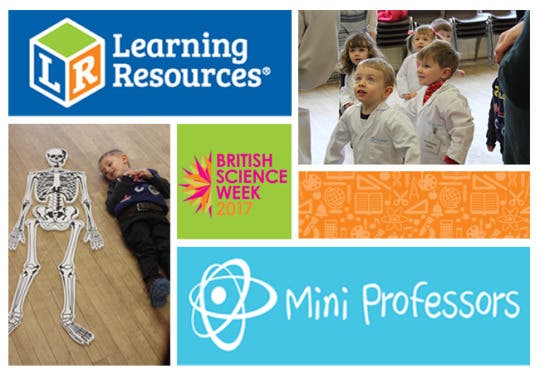
Today marks the first day of British Science Week, a ten day programme of science, technology, engineering and maths events and activities across the UK. To mark the occasion we teamed up with the West Norfolk branch of Mini Professors, a fun science themed pre-school class, to take part in a special British Science Week bone-themed class! Class leader, Professor Mark, welcomed his Mini Professors who eagerly put on their mini lab coats before sitting down in a circle to learn all about bones.
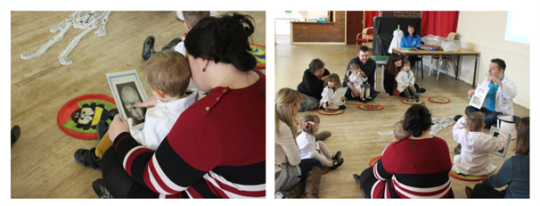
Did you know?
- At birth the human skeleton is made up of around 300 bones. By adulthood, some bones have fused together to end up with 206 bones.
- The longest bone in the human body is the thigh bone called the femur.
- The smallest bone found in the human body is located in the middle ear. The staples (or stirrup) bone is only 2.8 millimetres (0.11 inches) long.
- Human bones grow continually from birth until our mid 20’s. Our skeleton’s bone mass is at its maximum density around the age of 30.
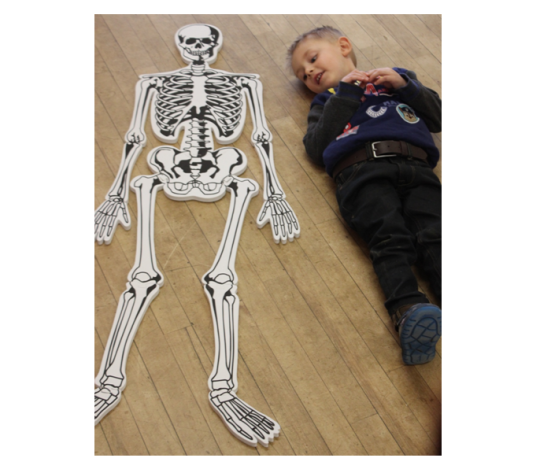
LER 3332 Skeleton Foam Floor Puzzle
Experiment 1
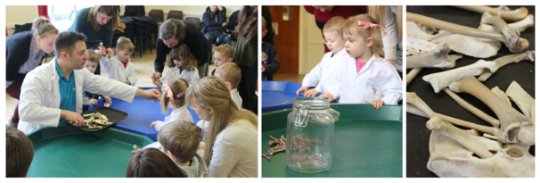
In this experiment the children learned that bones need calcium to stay strong and healthy. After looking at healthy bones the class got hands-on with some de-calcified bones that had been soaked in vinegar for two weeks. The de-calcified bones had a bendy rubbery texture, demonstrating the negative effects of not getting enough calcium.
Experiment 2
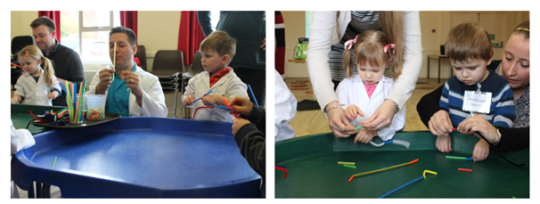
This experiment taught the class how bones move using just a straw and a pipecleaner. The children were asked to place the pipecleaner in the straw and see if they could bend the bone. When the bone bent this symbolised a broken bone. To show how the spine bends without breaking the class were then given a straw that had been chopped into quarters. The children were then able to bend the structure without the straws snapping.
Experiment 3
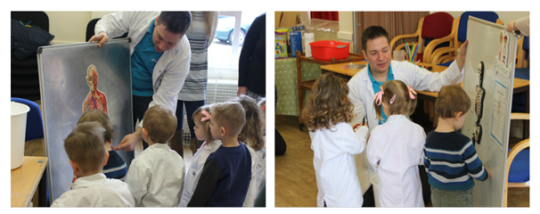
LER 6044 Double-Sided Magnetic Human BodyEI-1760 3-D Magnetic Skeleton This experiment was designed to help the class understand how our skeleton fits together. Using a 3D Magnetic Skeleton, all of the pieces were mixed up and placed on the floor. The class worked together to rebuild the skeleton with the children taking it in turns to pick out the bones and place them on the white board.
We caught up with Professor Mark after the class to find out all about Mini Professors and why science is so important for preschoolers:
What is Mini Professors?Mini Professors is an innovative, interactive and fun science class that opens up a new world of scientific adventure to children aged 2 - 5 years old. Every week we cover a new and exciting topic and each lesson is packed full of experiments, singing, stories and loads of fun!What do the classes entail?We always follow the same format but there is a different topic every week. Science covers such a broad spectrum so there is a lot of variety, from Dinosaurs to Butterflies, Chemical Reactions to Space, Engineering or even Rainbows. The children that attend all wear lab coats and get to dress up as real scientists; which is just as well as the activities are very hands-on and can often get a bit messy!
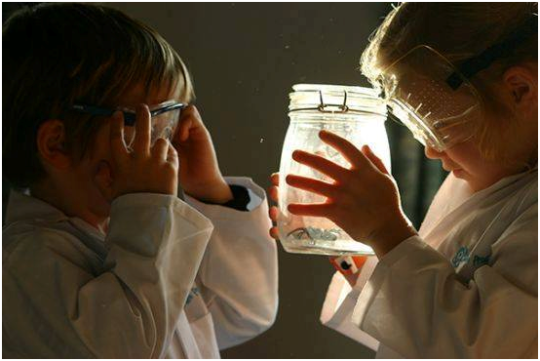
Why is science important for young learners?Pre-school children are natural scientists, in fact you could say they are already scientists, their entire day involves a “suck it and see” approach to the world, hypothesis and experimentation. From the moment they are moving, they are exploring the world around them.What child hasn’t been filled with excitement as they run around popping bubbles, or wonder as they look up at a rainbow, or lift a stone to find a mass of squirming bugs in the garden?This is science, it’s simply a way of discovering the magic and wonder of the world around us, it’s activities like this that we get children involved with every week and the children all really enjoy it. Classes such as these are also great for social skills such as learning to take turns, to share and also to get the first experience of a learning environment, its great preparation for starting school.
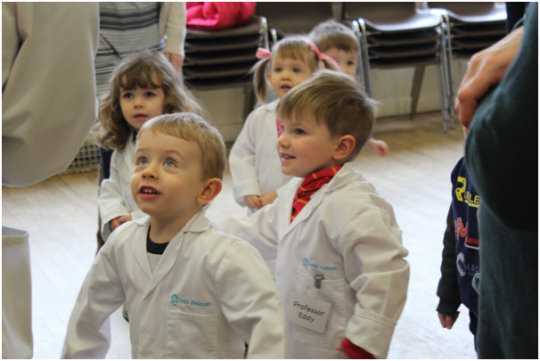
What is your favourite experiment to do with your Mini Professors?There are so many, but I would have to pick one of our recent classes where we learnt about digestion. The children were putting mashed up food into a stocking, then squeezing it to simulate how nutrients pass through the small intestine. The children found this hilarious and to be honest, so did I! But it really doesn’t matter what the subject is, it’s just about getting involved and having fun!
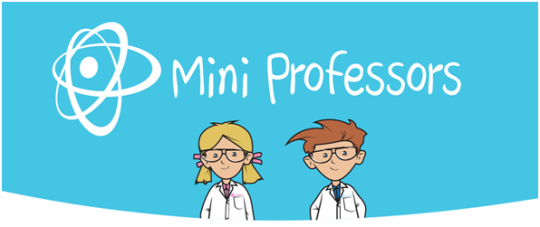
*Find out more about Mini Professors on their website or follow them on Facebook!
Fact Source:
http://www.sciencekids.co.nz/sciencefacts/humanbody/skeletonbones.html





